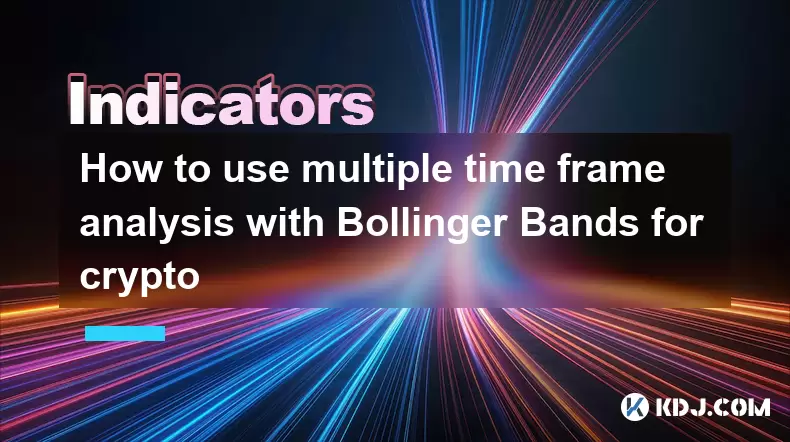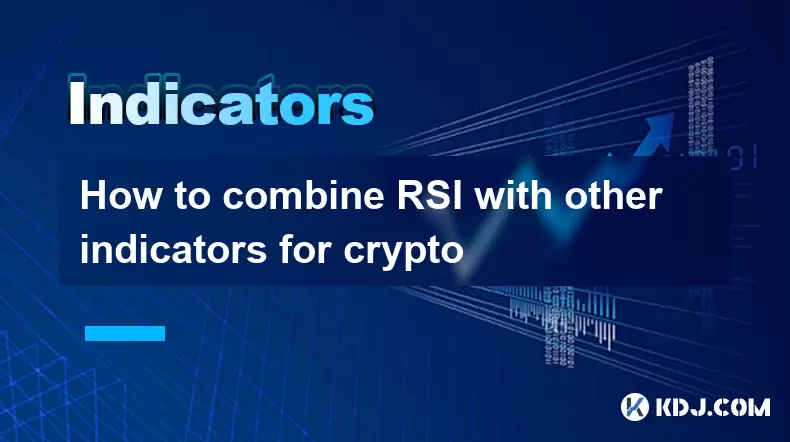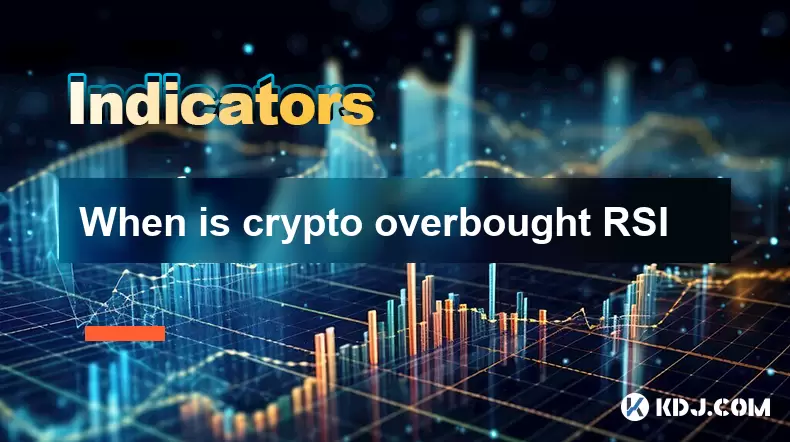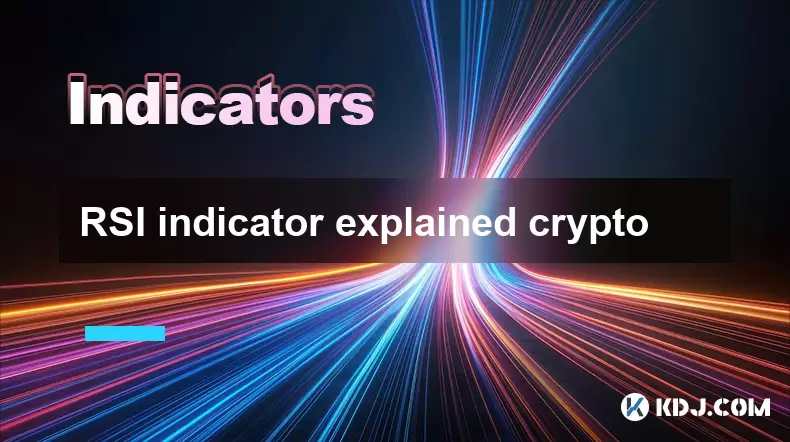-
 Bitcoin
Bitcoin $117,576.6195
-0.21% -
 Ethereum
Ethereum $2,938.5668
-1.35% -
 XRP
XRP $2.7699
4.60% -
 Tether USDt
Tether USDt $1.0003
0.01% -
 BNB
BNB $688.1624
-0.01% -
 Solana
Solana $160.5113
-1.95% -
 USDC
USDC $0.9999
0.01% -
 Dogecoin
Dogecoin $0.1976
-0.70% -
 TRON
TRON $0.3008
1.54% -
 Cardano
Cardano $0.7159
-2.16% -
 Hyperliquid
Hyperliquid $46.2240
2.04% -
 Stellar
Stellar $0.3966
22.03% -
 Sui
Sui $3.3928
-3.11% -
 Chainlink
Chainlink $15.1204
-2.43% -
 Bitcoin Cash
Bitcoin Cash $515.1741
-1.19% -
 Avalanche
Avalanche $20.8130
-0.90% -
 Hedera
Hedera $0.2001
-2.12% -
 UNUS SED LEO
UNUS SED LEO $9.0522
0.72% -
 Shiba Inu
Shiba Inu $0.0...01316
-2.01% -
 Toncoin
Toncoin $2.9843
0.61% -
 Litecoin
Litecoin $92.6745
-2.71% -
 Polkadot
Polkadot $3.9483
-0.06% -
 Monero
Monero $328.5347
1.10% -
 Dai
Dai $0.9998
0.01% -
 Ethena USDe
Ethena USDe $1.0006
-0.01% -
 Uniswap
Uniswap $8.3739
-6.50% -
 Bitget Token
Bitget Token $4.4241
-1.99% -
 Pepe
Pepe $0.0...01222
-3.96% -
 Aave
Aave $300.5203
-3.61% -
 Bittensor
Bittensor $382.2607
-1.92%
How to use multiple time frame analysis with Bollinger Bands for crypto
Bollinger Bands, combined with multiple time frame analysis, help crypto traders identify high-probability entry points by aligning trend direction and volatility signals across different chart intervals.
Jul 11, 2025 at 05:42 pm

Understanding Bollinger Bands in Cryptocurrency Trading
Bollinger Bands are one of the most widely used technical indicators in cryptocurrency trading. They consist of three lines: a simple moving average (SMA) in the middle, with two standard deviation bands above and below it. These bands expand and contract based on market volatility, which makes them especially useful in the highly volatile crypto markets.
In crypto trading, Bollinger Bands help identify overbought and oversold conditions. When price touches or moves outside the upper band, it may signal an overbought condition, suggesting a potential pullback. Conversely, when price touches or dips below the lower band, it could indicate an oversold situation, hinting at a possible reversal.
Important Note: Bollinger Bands alone should not be used as standalone signals; they work best when combined with other tools such as volume indicators or multiple time frame analysis.
The Concept of Multiple Time Frame Analysis
Multiple time frame analysis involves evaluating price action across different chart intervals to gain a more comprehensive view of market direction and momentum. For example, a trader might look at a daily chart to determine the overall trend, a 4-hour chart for entry zones, and a 15-minute chart for precise entry and exit points.
This approach is particularly effective in crypto markets, where short-term noise can often mislead traders who rely solely on one time frame. By analyzing higher time frames first, you establish the dominant trend, and then use lower time frames to fine-tune your entries.
For instance, if Bitcoin is showing a strong uptrend on the daily chart, but appears to be consolidating on the 1-hour chart, this may present a favorable buying opportunity once the consolidation ends. Using multiple time frames ensures that your trades align with the broader trend while improving timing precision.
Combining Bollinger Bands with Multiple Time Frames
To effectively combine Bollinger Bands with multiple time frame analysis, follow these steps:
- Start by selecting your primary time frame, typically the daily or 4-hour chart, to identify the main trend.
- Overlay Bollinger Bands on this chart to observe how price interacts with the bands in the context of the larger trend.
- Switch to a shorter time frame, like the 1-hour or 15-minute chart, and apply the same Bollinger Band settings.
- Look for confluence between the two time frames — for example, if both show price near the lower band, it strengthens the case for a potential reversal.
Key Insight: When both higher and lower time frames align in terms of Bollinger Band behavior, the probability of a successful trade increases significantly.
Additionally, pay attention to band width contraction, which often precedes a breakout. If both time frames show narrowing bands, it may indicate a period of low volatility about to give way to a strong directional move.
Practical Steps to Implement This Strategy
Here’s how to practically implement multiple time frame Bollinger Band analysis:
- Choose a cryptocurrency pair you want to trade, such as BTC/USDT or ETH/USDT.
- Open three charts: one high time frame (e.g., daily), one medium time frame (e.g., 4-hour), and one low time frame (e.g., 15-minute).
- Apply the default Bollinger Band settings (20-period SMA, 2 standard deviations) on all charts.
- On the highest time frame, assess whether the price is trending up, down, or sideways.
- On the medium time frame, identify support/resistance levels and look for price approaching the bands.
- Zoom into the lowest time frame to pinpoint exact entry points based on candlestick patterns near the bands.
- Use volume indicators or RSI to confirm signals generated by Bollinger Bands across time frames.
Critical Tip: Always ensure that your trade direction aligns with the higher time frame trend to avoid counter-trend trading, which is riskier in crypto due to its fast-moving nature.
Common Pitfalls and How to Avoid Them
While combining Bollinger Bands with multiple time frame analysis is powerful, there are several pitfalls traders commonly fall into:
- Over-trading: With multiple time frames, it's easy to get overwhelmed by signals and enter too many trades. Stick to setups that align across all time frames.
- Ignoring trend bias: Entering trades against the higher time frame trend can lead to losses. Always respect the dominant direction.
- Using inconsistent settings: Changing Bollinger Band parameters across time frames can distort analysis. Keep the settings uniform unless testing specific strategies.
- Neglecting volume confirmation: Bollinger Bands don't account for volume, so always cross-check with volume indicators or oscillators.
Avoiding these mistakes requires discipline and backtesting. Before applying this strategy live, test it on historical data or in a demo environment to understand how it performs under various market conditions.
Frequently Asked Questions
Q: Can I adjust the Bollinger Band settings for different cryptocurrencies?
Yes, some cryptos exhibit different volatility profiles. However, it's recommended to start with the default settings and only make adjustments after thorough backtesting.
Q: Should I use the same time frames for every trade?
Not necessarily. The choice of time frames depends on your trading style — day traders may prefer 1-hour and 15-minute charts, while swing traders might focus on daily and 4-hour charts.
Q: How do I handle false breakouts with Bollinger Bands?
False breakouts occur frequently in crypto. To reduce their impact, wait for confirmation through candlestick patterns or volume surges before entering a trade.
Q: Is multiple time frame analysis suitable for beginners?
It can be, but it requires practice. Beginners should start with two time frames and gradually add complexity as they become more comfortable with reading charts and interpreting signals.
Disclaimer:info@kdj.com
The information provided is not trading advice. kdj.com does not assume any responsibility for any investments made based on the information provided in this article. Cryptocurrencies are highly volatile and it is highly recommended that you invest with caution after thorough research!
If you believe that the content used on this website infringes your copyright, please contact us immediately (info@kdj.com) and we will delete it promptly.
- Pi Network: Navigating KYC Delays and the Quest for Rewards
- 2025-07-12 20:50:12
- Bitcoin, Crypto & Bills: A New Yorker's Guide to Paying Up!
- 2025-07-12 20:30:12
- XRP, Solana, and the Altcoin Season Buzz: Are We There Yet?
- 2025-07-12 20:30:12
- Cracking the Code: Passive Income with Crypto & Altcoins in the 2025 Bull Run
- 2025-07-12 18:30:12
- Crypto Bull Run: Meme Coins Like Troller Cat Lead the Charge
- 2025-07-12 18:30:12
- Solana, Meme Coins, and Ethereum: A Bullish Crypto Cocktail?
- 2025-07-12 18:50:12
Related knowledge

Crypto RSI for day trading
Jul 12,2025 at 11:14am
Understanding RSI in the Context of Cryptocurrency TradingThe Relative Strength Index (RSI) is a momentum oscillator used to measure the speed and cha...

How to combine RSI with other indicators for crypto
Jul 12,2025 at 08:35am
Understanding the Role of RSI in Crypto TradingThe Relative Strength Index (RSI) is a momentum oscillator that measures the speed and change of price ...

When is crypto overbought RSI
Jul 12,2025 at 11:22am
Understanding RSI in Cryptocurrency TradingThe Relative Strength Index (RSI) is a momentum oscillator used to measure the speed and change of price mo...

RSI indicator explained crypto
Jul 11,2025 at 03:28pm
Understanding the RSI Indicator in Cryptocurrency TradingThe Relative Strength Index (RSI) is a momentum oscillator commonly used by cryptocurrency tr...

Best timeframe for Parabolic SAR crypto
Jul 12,2025 at 02:57pm
Understanding Parabolic SAR in the Crypto MarketThe Parabolic SAR (Stop and Reverse) is a technical analysis indicator used by traders to determine po...

Is Parabolic SAR a good indicator for crypto?
Jul 11,2025 at 02:15pm
Understanding the Parabolic SAR IndicatorThe Parabolic SAR (Stop and Reverse) is a technical analysis tool developed by J. Welles Wilder, primarily us...

Crypto RSI for day trading
Jul 12,2025 at 11:14am
Understanding RSI in the Context of Cryptocurrency TradingThe Relative Strength Index (RSI) is a momentum oscillator used to measure the speed and cha...

How to combine RSI with other indicators for crypto
Jul 12,2025 at 08:35am
Understanding the Role of RSI in Crypto TradingThe Relative Strength Index (RSI) is a momentum oscillator that measures the speed and change of price ...

When is crypto overbought RSI
Jul 12,2025 at 11:22am
Understanding RSI in Cryptocurrency TradingThe Relative Strength Index (RSI) is a momentum oscillator used to measure the speed and change of price mo...

RSI indicator explained crypto
Jul 11,2025 at 03:28pm
Understanding the RSI Indicator in Cryptocurrency TradingThe Relative Strength Index (RSI) is a momentum oscillator commonly used by cryptocurrency tr...

Best timeframe for Parabolic SAR crypto
Jul 12,2025 at 02:57pm
Understanding Parabolic SAR in the Crypto MarketThe Parabolic SAR (Stop and Reverse) is a technical analysis indicator used by traders to determine po...

Is Parabolic SAR a good indicator for crypto?
Jul 11,2025 at 02:15pm
Understanding the Parabolic SAR IndicatorThe Parabolic SAR (Stop and Reverse) is a technical analysis tool developed by J. Welles Wilder, primarily us...
See all articles
























































































